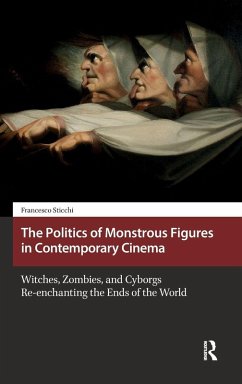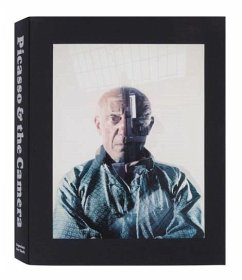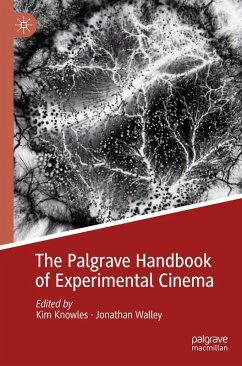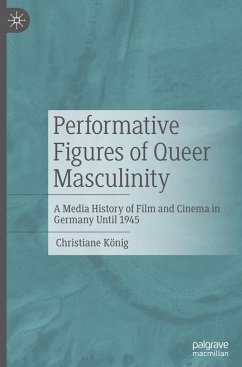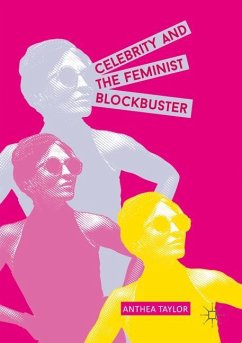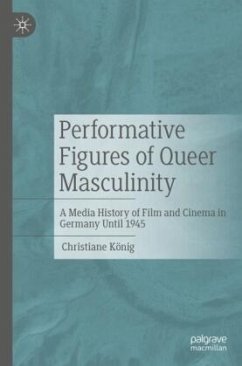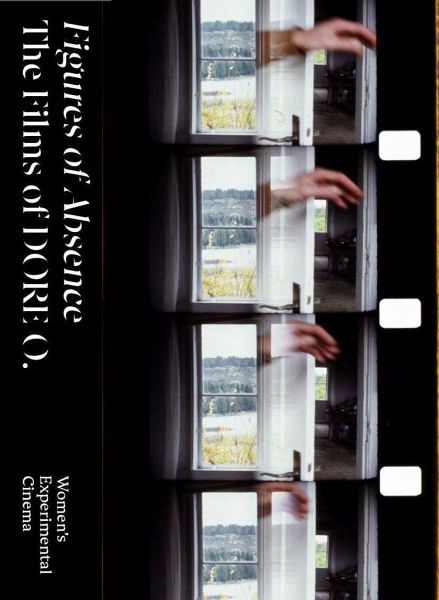
Figures of Absence. The Films of DORE O.
Women's Experimental Cinema
Herausgegeben: Matzke, Masha;Produktion: Filmbüro NW
Versandkostenfrei!
Sofort lieferbar
35,00 €
inkl. MwSt.

PAYBACK Punkte
0 °P sammeln!
Aiming at a long-overdue reappraisal of Dore O.'s avant-garde film practice, this publication honors the work and legacy of Dore O., one of Germany's most pioneering experimental filmmakers.Figures of Absence exposes the formal rigor and inventiveness as well as the cultural connotations and historical ramifications of a cinematic vision that has been relegated to the purely personal, diaristic, and even nonintellectual realms. Ultimately, the authors' revisionist accounts of Dore O.'s films spark a debate on still underrepresented areas of women's experimental cinema, its dismissive reception...
Aiming at a long-overdue reappraisal of Dore O.'s avant-garde film practice, this publication honors the work and legacy of Dore O., one of Germany's most pioneering experimental filmmakers.Figures of Absence exposes the formal rigor and inventiveness as well as the cultural connotations and historical ramifications of a cinematic vision that has been relegated to the purely personal, diaristic, and even nonintellectual realms. Ultimately, the authors' revisionist accounts of Dore O.'s films spark a debate on still underrepresented areas of women's experimental cinema, its dismissive reception across international borders, its legacy, and the history and causes of its marginalization.In the 1960s, the painter Dore O. became one of the first and few women in Germany to turn to experimental film in such a consistent and self-determined way. She was actively involved in exploring new forms of cinema while developing her own "signature, her own tone, her own film method" (Harun Farocki). Radically following her own path, she laid the groundwork for a later generation of notably female artists by cultivating personal filmmaking in a strong intersection with medium-specific experimentation while defying highly politicized currents and prevailing theories, both structural and feminist.With previously unpublished archival material and rare interviews with Dore O., extensive image material, as well as new contributions from the leading scholars and experts on women's experimental cinema from Europe and North America, including Albert Alcoz, Ute Aurand, Robin Blaetz, Christine Noll Brinckmann, Stephen Broomer, Vera Dika, Mike Hoolboom, Sarah Keller, Anthony Moore, Lucy Reynolds, and Maureen Turim, among others.






